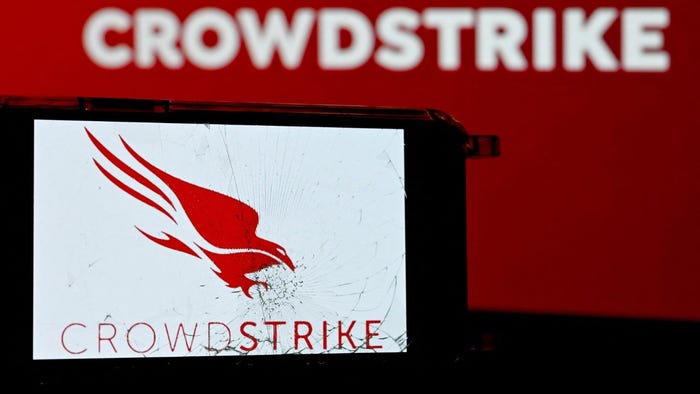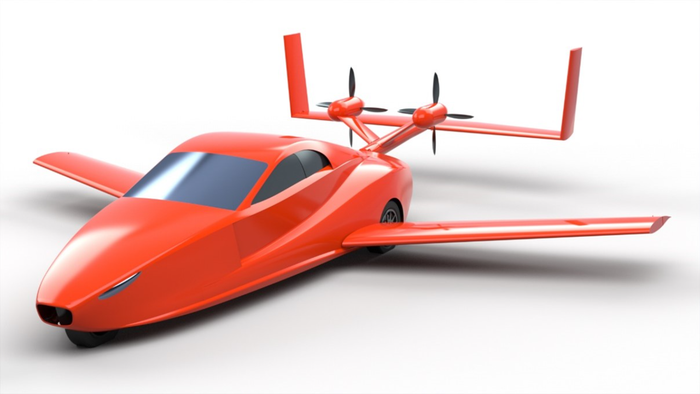Tesla Issues Sales Warning Amid Arrival of Latest Full Self-Driving Version
The increased use of AI in Tesla vehicles will allow for more automated functionality
January 25, 2024

Tesla has issued a warning over slower sales growth in 2024 – at the same time as it enters a critical period for its autonomous driving ambitions.
The automaker has released its Q4 and Financial Year 2023 update, which cautions that the “vehicle volume growth rate may be notably lower” for the next 12 months than in 2023, adding that the company is currently between “two major growth waves.”
The report revealed that Tesla’s revenue was up 3% to $25.2 billion for the three months leading up to the end of December, which was below analyst expectations. The company delivered 1.8 million cars in 2023 but did not provide an estimate for its 2024 total.
This cautious outlook is being guided by increased competition among EV makers across the world, in tandem with demand from consumers which is not increasing at the expected rate.
However, CEO Elon Musk did sound an optimistic note when he confirmed that production for Tesla’s eagerly-awaited next-generation vehicle – a mass-market crossover internally codenamed “Redwood” – is on course for next year.
“Our current schedule says that we will start production toward the end of 2025,” Musk told an earnings call, adding that the new car will usher in “revolutionary manufacturing technology” at Tesla’s Giga factory in Texas which will be “head and shoulders” above anything elsewhere. This is expected to help reduce the cost of the vehicle for consumers.
While “Redwood” will have a pivotal role to play in shaping Tesla’s future, many current owners will be more focused on the latest version of the Full Self Driving (FSD) Beta software (V12), which the report confirmed had been made available to employees in Q4 and was now released to customers.
Its launch marks yet another example of Musk overpromising regarding self-driving, because despite pledging last year that V12 “won’t be beta” on X, it has been clearly labeled as such by Tesla.
More significant, though, is how it actually works, with the release notes explaining: “FSD Beta V12 upgrades the city-streets driving stack to a single end-to-end neural network trained on millions of video clips, replacing over 300k lines of explicit C++ code.”
What this means in essence is that much more of the automated functionality of a Tesla fitted with FSD will be controlled by AI rather than programmed by engineers. Among the new features is Automatic Set Speed Offset, which better adjusts the vehicle’s speed to its surrounding environment, allowing it to keep up with traffic – in essence behaving more like a human driver.
Seasoned Tesla watchers believe the increased use of AI represents the best chance of the company’s cars delivering on the many ambitious claims made by Musk over the years regarding fully autonomous driving. Others point out that if the upgrade does not bring major advances, the more prominent role of AI will make it that much harder to introduce additional changes due to the retraining required.
X, formerly known as Twitter, is already awash with feedback on V12 from FSD testers – both positive and negative – although Musk himself is in no doubt about its potential, posting: “When unsupervised FSD significantly exceeds human safety levels and is approved by regulators, the numbers will get really crazy!”
About the Author(s)
You May Also Like








